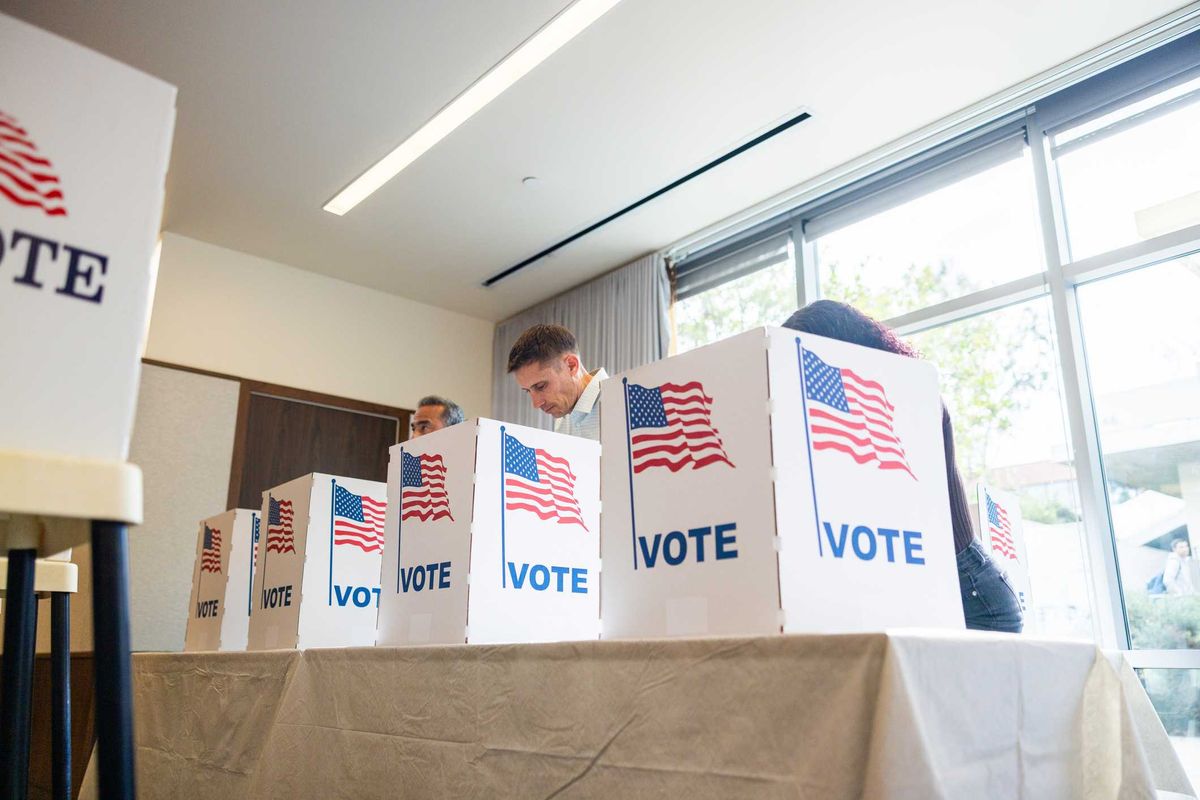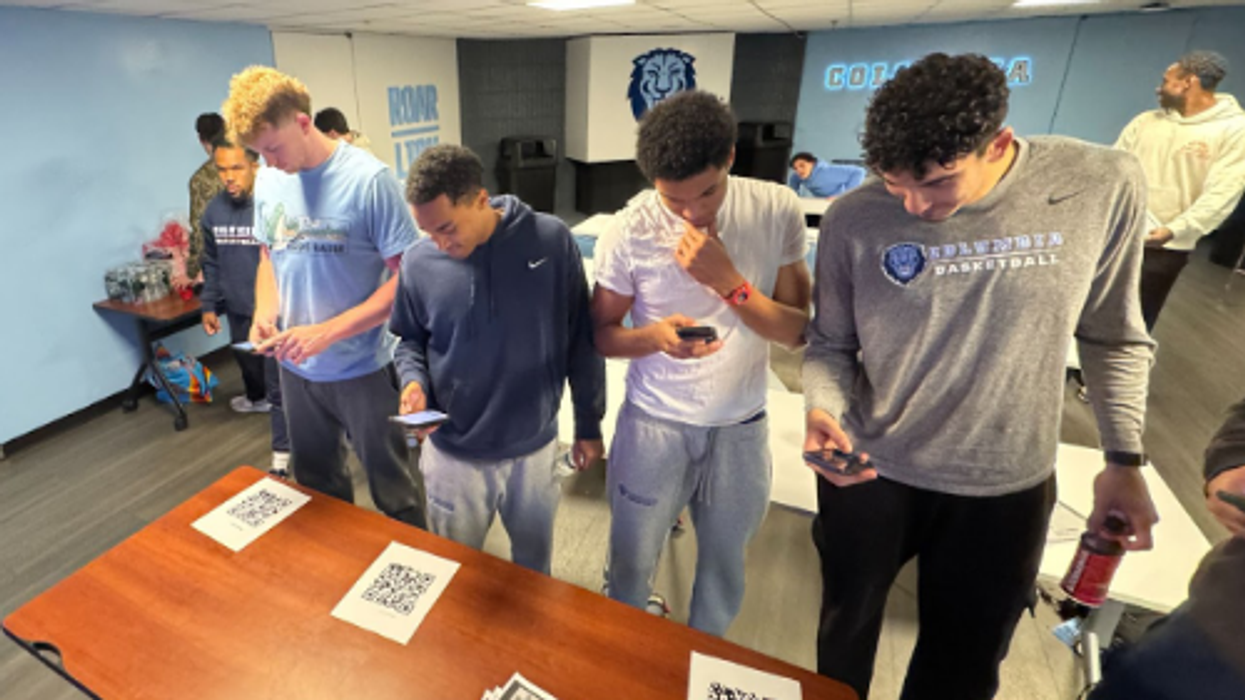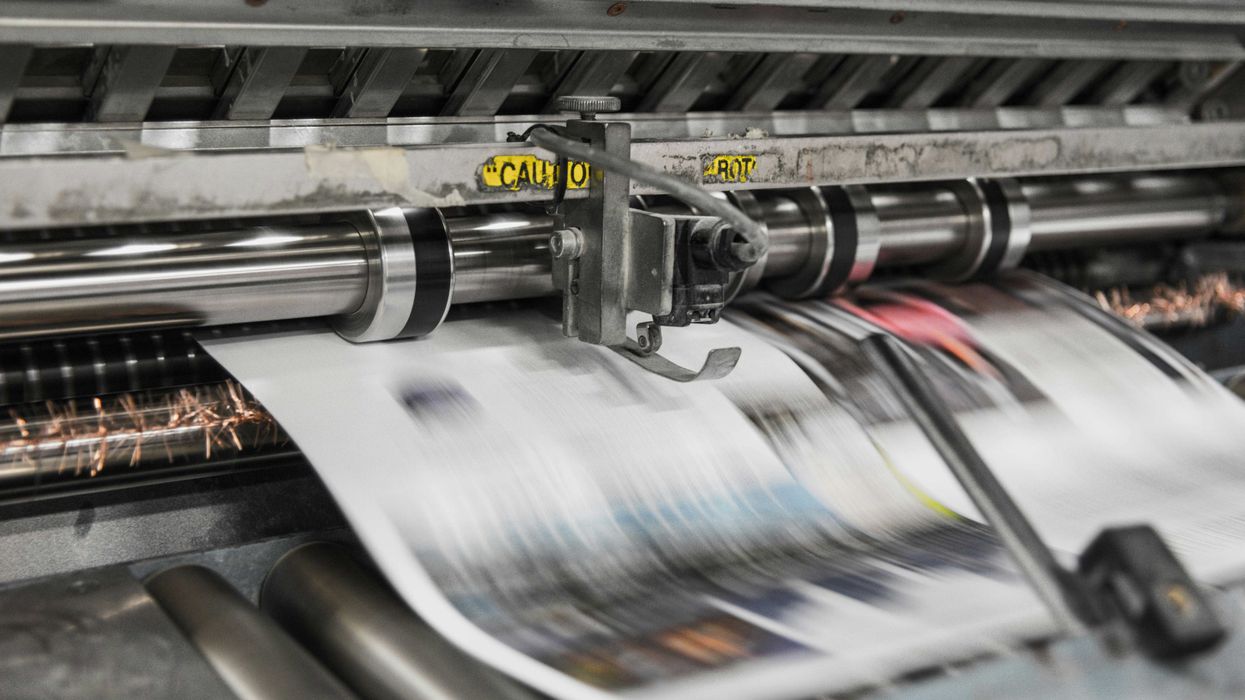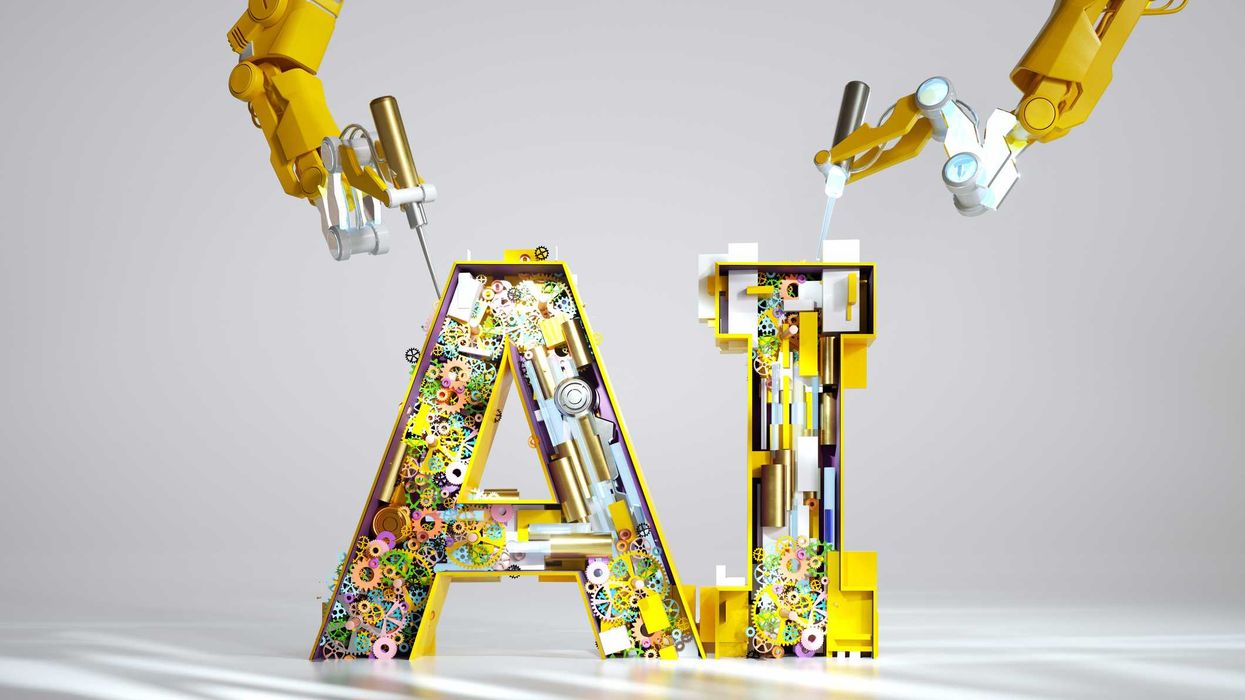Earlier this summer, I recorded an episode of the Scaling Laws podcast with MacKenzie Price, founder of Alpha Schools—schools “where kids crush academics in two hours, build life skills through workshops, and thrive beyond the classroom.” The secret is AI, but likely not the sort of AI that comes to mind.
Students at Alpha Schools work with “adaptive AI” that allows 1:1 learning at the pace necessary to master a subject, moving at the speed of the student’s learning rather than that of the entire class. By relying on AI to set that tempo, the school shaves hours off the traditional classroom model and reallocates that time to activities that allow students to more fully explore their interests, from horseback riding to documentary filmmaking.
This approach also offers far more individualized communication between Alpha’s teachers, or “guides,” and students. Price asserted that guides and students have around two dozen 1:1 meetings over the course of the year. In contrast, she flagged that teachers in traditional classrooms spend an aggregate of a few minutes with each student over the course of a year.
If all of this sounds too good to be true, Price has the evidence to make the case for her approach. She can easily list all the universities that Alpha graduates are headed off to and can quickly share how students have managed incredible knowledge gains in a short amount of time. If pressed, Price will let you know they have troves of empirical data on student success because Alpha is serious about the importance of using data to continually improve their adaptive AI system.
Alpha is available to students in Austin, Miami, and, soon, even more communities. Of course, access to such an innovative and controversial model comes at a price. It’s about $40,000 per year to attend an Alpha School. Unsurprisingly, that price point leaves a lot of families stuck with the traditional model.
Most schools operate as if it were 1975, rather than 2025. Our students are stuck in institutions built in bygone eras and trapped in pedagogical practices that aimed to train reliable factory workers rather than the interdisciplinary and thoughtful leaders we need in the age of AI.
I’m the “fun uncle” or “funcle” to several nieces and nephews. When I catch up with my friends about how these youngsters are doing, I hear about students struggling to get the attention they need to make reliable progress. For instance, my nephew Tommy (not his real name) recently struggled through a math lesson on fractions. Tommy’s teacher, managing 28 other students, had maybe 30 seconds to spend with him before moving on. Tommy fell further behind, his confusion deepening with each passing day.
Meanwhile, on a tablet in the school's unused computer lab, an AI tutor akin to the one used at Alpha sat dormant—one capable of detecting exactly where Tommy’s understanding broke down, adjusting its approach in real-time, and working with him until the concept clicked. The technology to give Tommy what wealthy families have always bought their children—personalized, patient, adaptive instruction—was right there. But school policies, procurement red tape, and institutional inertia kept it locked away.
This scene plays out millions of times daily across America, and it represents something more troubling than inefficiency. We're not just failing to help Tommy learn about improper fractions as well as we could; we're actively choosing to let him struggle when we know exactly how to help him succeed. And Tommy isn't alone. Across education, healthcare, and justice, we're systematically denying ourselves the transformative benefits of artificial intelligence by clinging to institutions designed for a world that no longer exists.
In a few years, it's likely that Tommy's school and schools just like his will get access to a generic version of Alpha's AI tool. Some will say that's soon enough—after all, we cannot expect all schools to overhaul their systems to look more like Alpha's. I say that's a load of hooey. Our charge is to give our students and all future generations the tools required to thrive today and for all foreseeable tomorrows. State education departments spend tens of thousands of dollars per year on each student. Those funds should not continue to subsidize a flawed and antiquated approach to education. As large enterprises, school districts are in a position to bargain with AI companies for discounted tools. They also have the means to train teachers and demand the adoption of new tools.
Will such a change be easy? No. But it is not optional. Progress delayed is progress denied. Each day that Tommy and others are stuck in classrooms of the past, they are missing out on new knowledge and the opportunities afforded by that knowledge.
Kevin Frazier is an AI Innovation and Law Fellow at Texas Law and Author of the Appleseed AI substack.











 Aiyana Ishmael interviews singer Tanner Adell onstage at the 2025 Teen Vogue Summit in Los Angeles. (Anna Webber/Getty Images for Teen Vogue)
Aiyana Ishmael interviews singer Tanner Adell onstage at the 2025 Teen Vogue Summit in Los Angeles. (Anna Webber/Getty Images for Teen Vogue)







